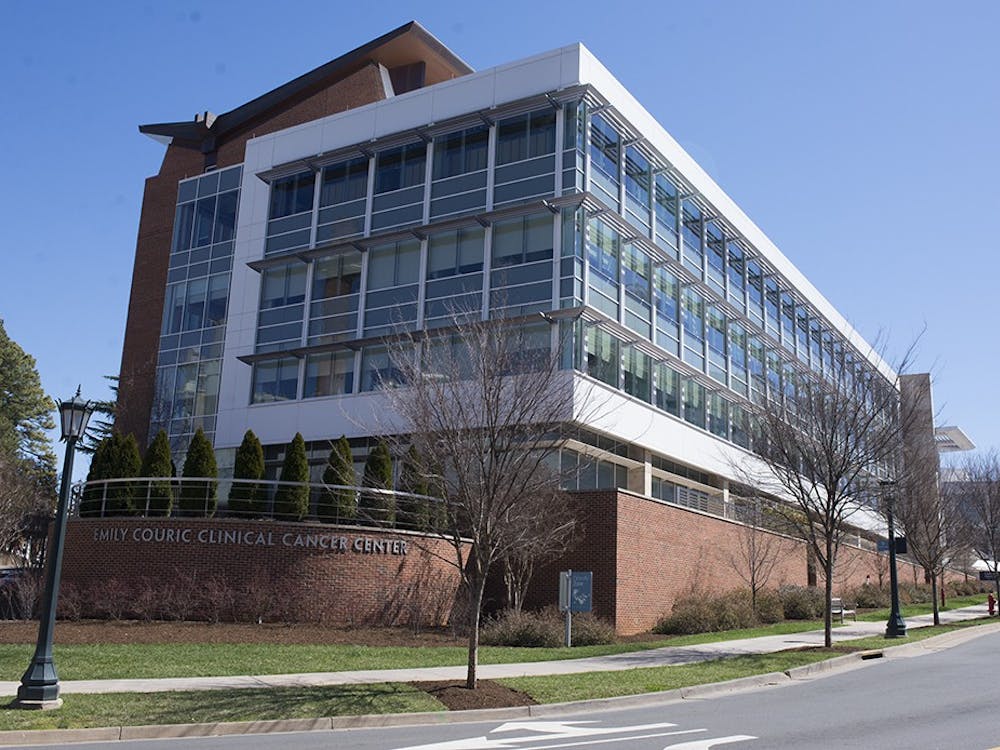If, like most people, you went to a public school, you probably learned about various sexually transmitted infections through health class. And, like most folks, you've more than likely seen any number of public service announcements about HIV/AIDS. While significant gaps in sex education certainly exist, most people today have a fair idea of the health risks that accompany sex. It is thus all the more shocking how little people know about one of the most common STIs today: human papillomavirus, or HPV.
Relatively few people know about HPV, compared to other STIs. One U.K. study found that less than one-third of women are even aware of the disease. Because it lacks the notoriety of HIV/AIDS and other STIs, more people need to be made aware of HPV.
According to the Centers for Disease Control and Prevention, HPV exists in over 100 strains, most of which are passed on through normal, everyday contact. Many times the virus produces no visible symptoms at all, while at other times it creates the common warts found on the hands or feet. About 30 strains of the virus, however, are transmitted through sexual contact.
As STIs go, HPV could be a lot worse, but it is still no walk in the park. The "high-risk" types increase your chances of cancer and, in the case of women, abnormal Pap smears -- linking HPV to cervical cancer. The more common "low-risk" varieties can create unsightly red bumps or warts on the penis, vagina, anus, rectum and rarely around or in the mouth.
Given that HPV is relatively unknown, it is all the more surprising that HPV is the most common STI in the country after herpes. The CDC estimates that some 20 million people are infected with HPV at any given time, with 6.2 million Americans becoming infected each year. The CDC further points out that at least half of all sexually active adults in America have had, have or will have some form of sexually transmitted HPV. If Vegas put odds on this, my money would be on the house every time.
So let us suppose you are one of those 20 million. If you're the unlucky recipient of the aforementioned bumps and warts, you'll most likely want to get them removed. A trip to the doctor should fix you up with freezing, burning, laser or topical treatments to remove the growth. But keep in mind that HPV cannot be cured, only treated. Women, once infected, should therefore obtain regular Pap smears to detect any complications early.
There is not much one can do to protect against HPV, short of abstaining from sex altogether. Condoms, while effective at preventing many STIs, do not significantly reduce transmission rates of HPV. After all, lots and lots of skin is touching during sex (at least, one would hope). Regardless, proper condom usage helps safeguard against a host of other sexually transmitted infections, so always wrap it up.
With all this in mind, dear reader, be aware of HPV, and be mindful when choosing your partners. Even when someone with HPV has no visible symptoms, they can still pass on the disease. That said, open and honest communication remains, as always, the key to happy -- and healthy -- sexual encounters.
David T. Roisen is a Cavalier Daily Health & Sexuality columnist. He is not a medical professional, and his advice does not replace that of a doctor. He may be reached at dave@cavalierdaily.com.






